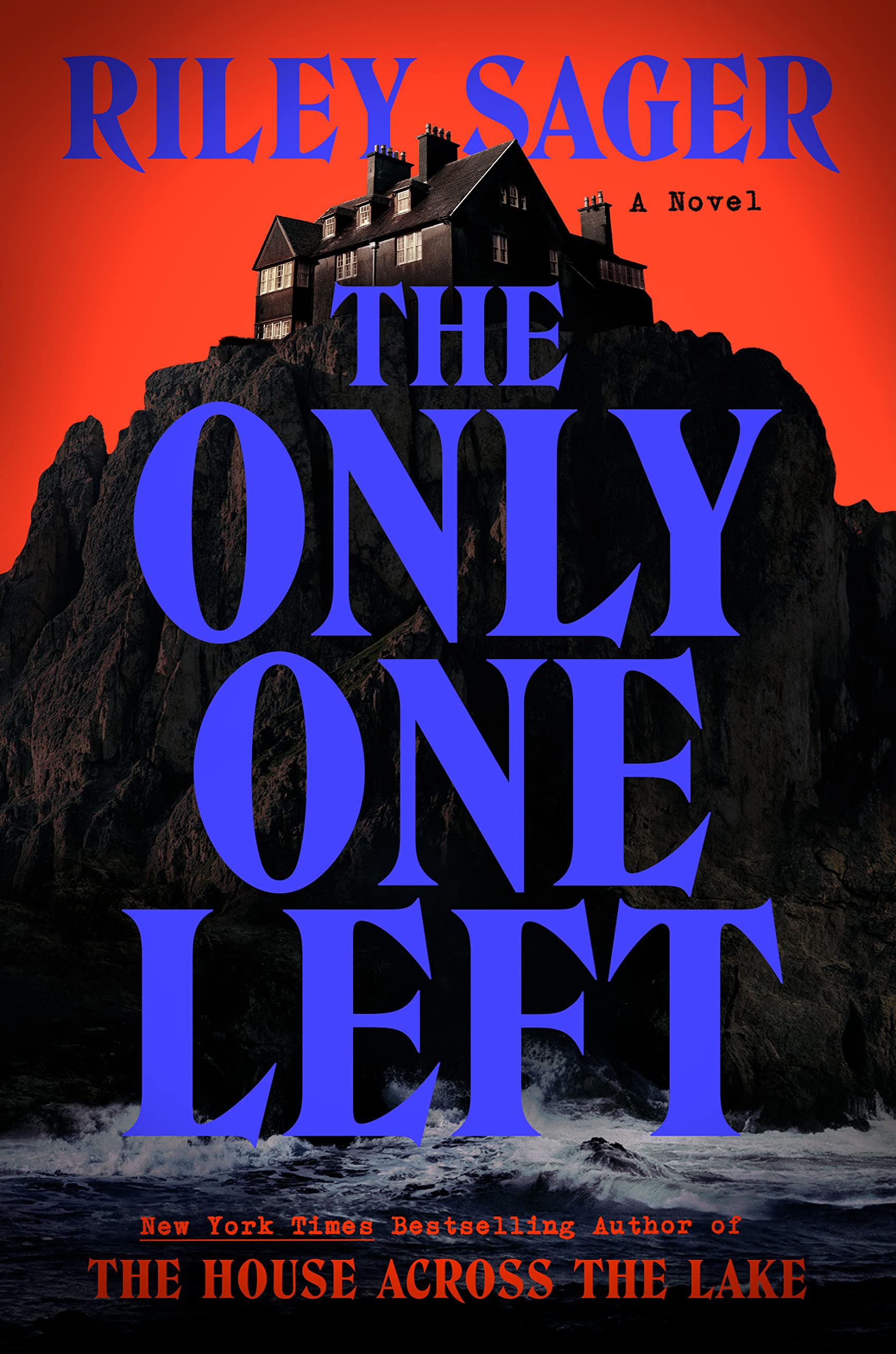Riley Sager’s newest novel is a twisty convoluted ride.
BY: JACOB POLITTE
Managing Editor
“The Only One Left” has an intriguing premise. Kit McDeere, a complicated and besieged home healthcare nurse, arrives at a dilapidated mansion called Hope’s End in 1983 as an unenthusiastic caretaker for its infamous elderly occupant Lenora Hope. Lenora is known in town as a young girl that likely murdered her whole family six decades prior.
Soon Lenora starts writing messages on a typewriter (her only method of communication) that refer to the real truth of the incident, and Kit can’t help but try to piece together the clues Lenora is leaving her. This is despite seemingly everyone else at Hope’s End working in subtle ways against her and others from her family also haunt her every move, Kit is determined to figure out just what is happening and what happened in 1929.
The biggest problem with the novel is supposedly what Sager intended to be its greatest literary device: almost no one is who they say they are, and too many wires were getting crossed as the story drew to a close. There’s nothing wrong with a twisty murder mystery, or even a kind of story like this where people have multiple identities. But Sager arguably overplays his hand, and thus the conclusion of “The Only One Left” feels unearned and kind of bananas, to put it mildly.
“The Only One Left” is an enjoyable enough read, but it expects you to keep up with all of the happenings at Hope’s End and beyond. It by no means holds your hand, and that may not be the most welcoming thing for every reader.












